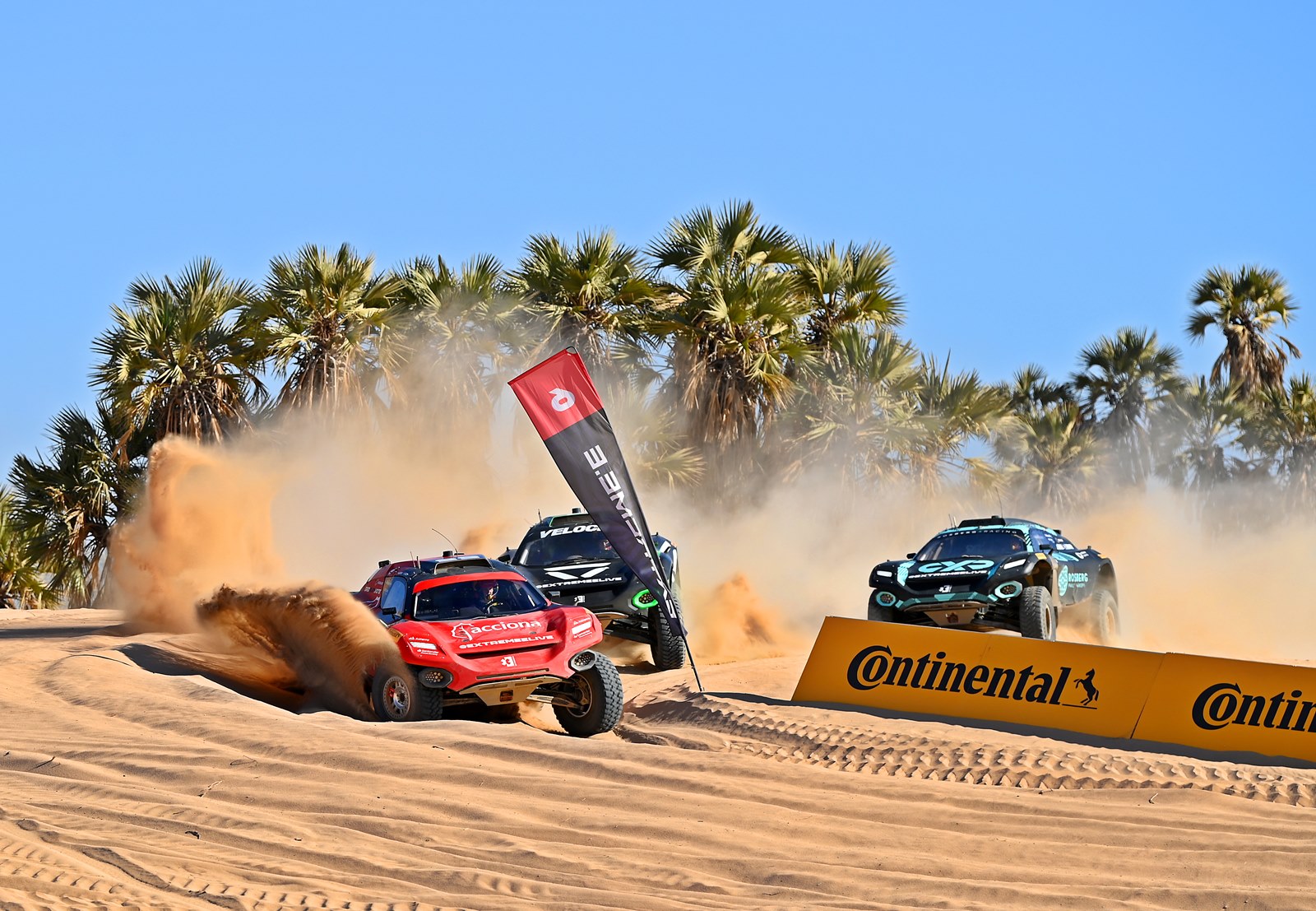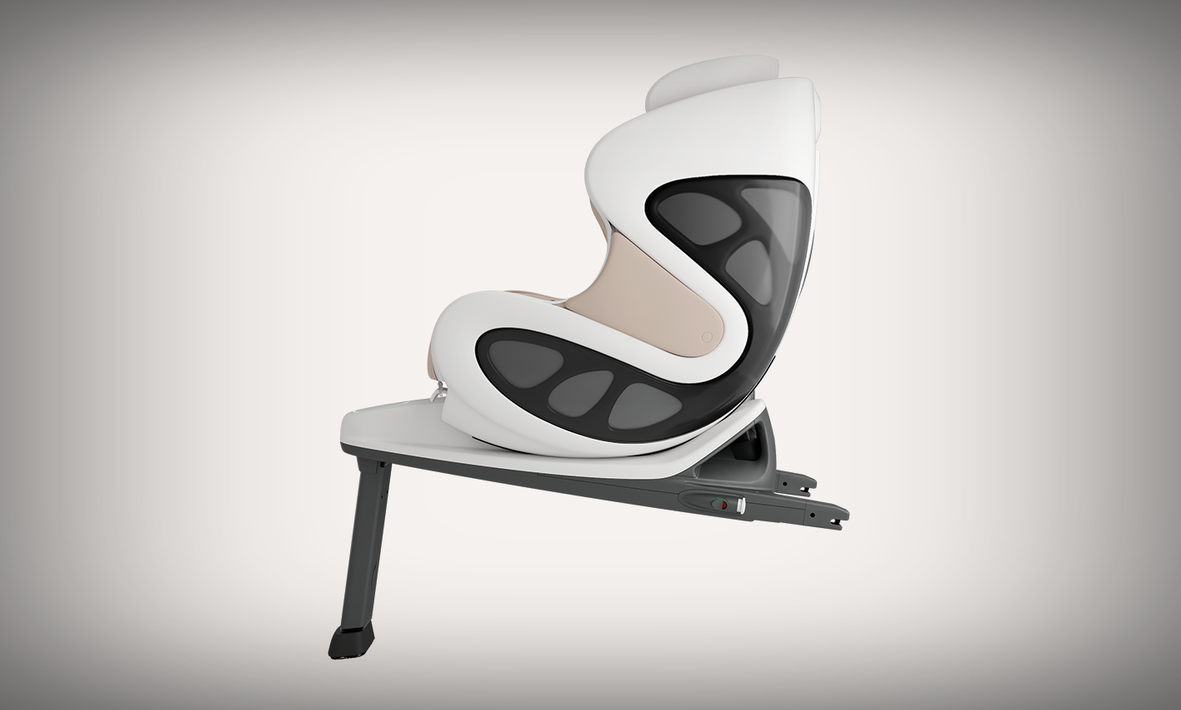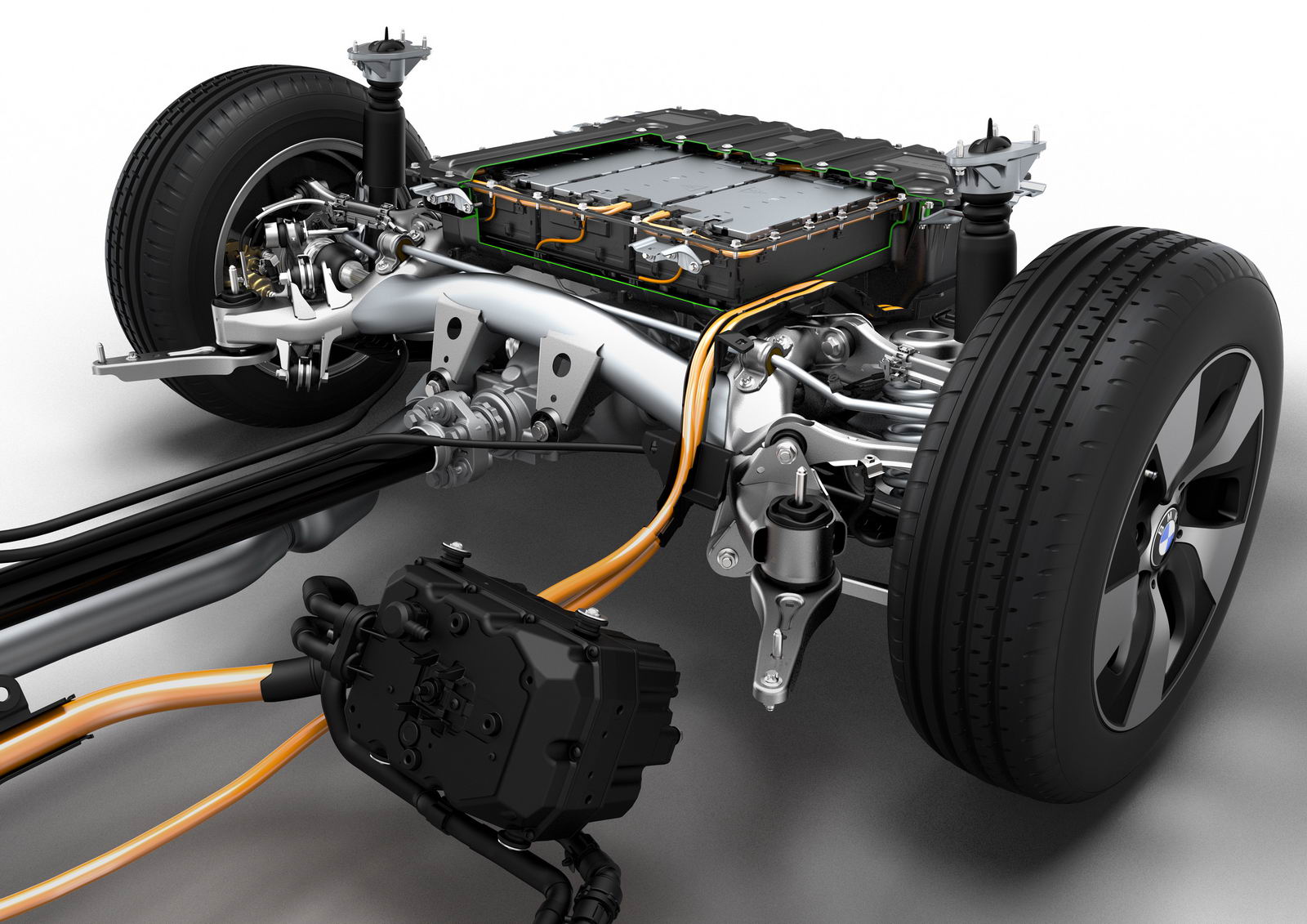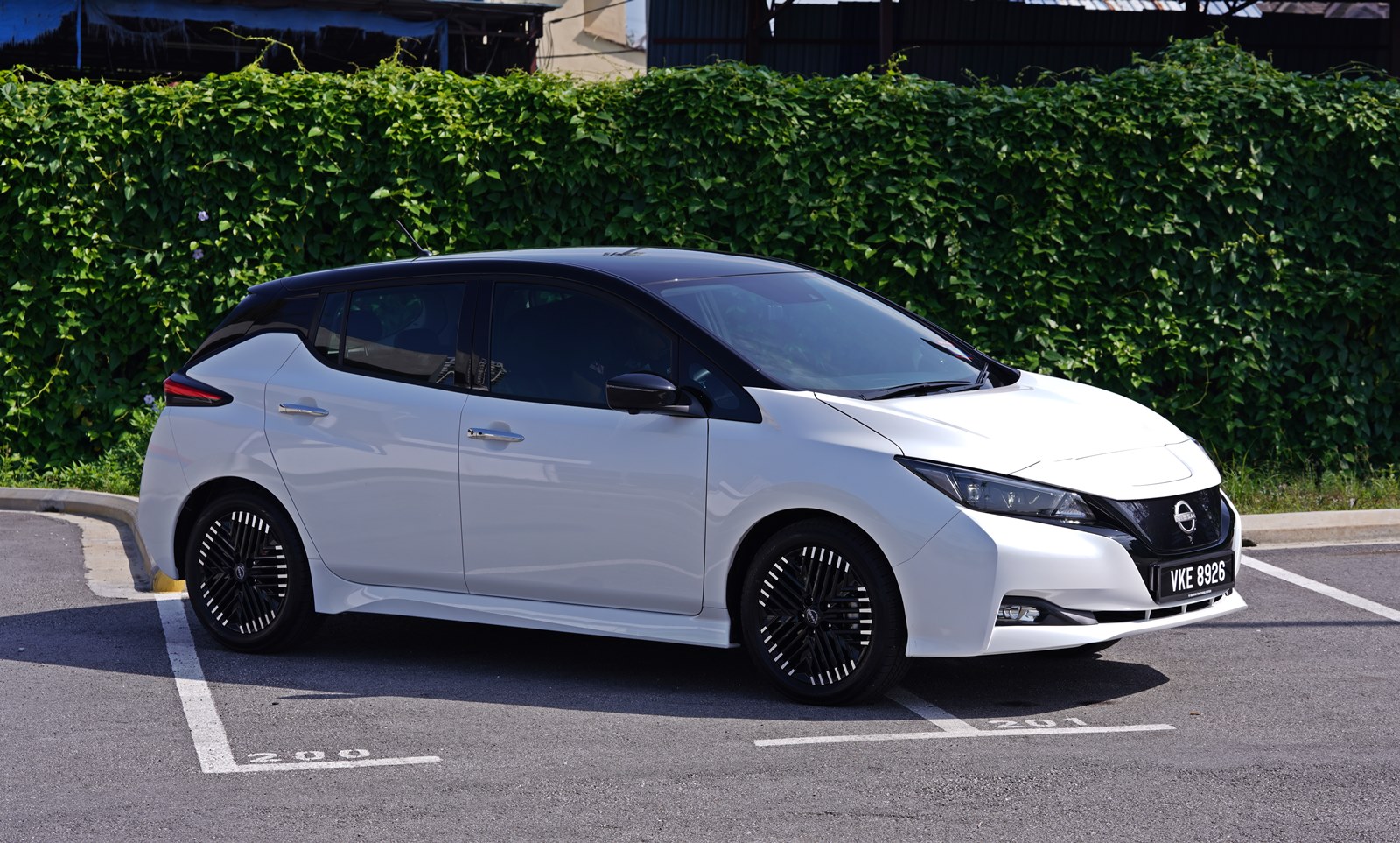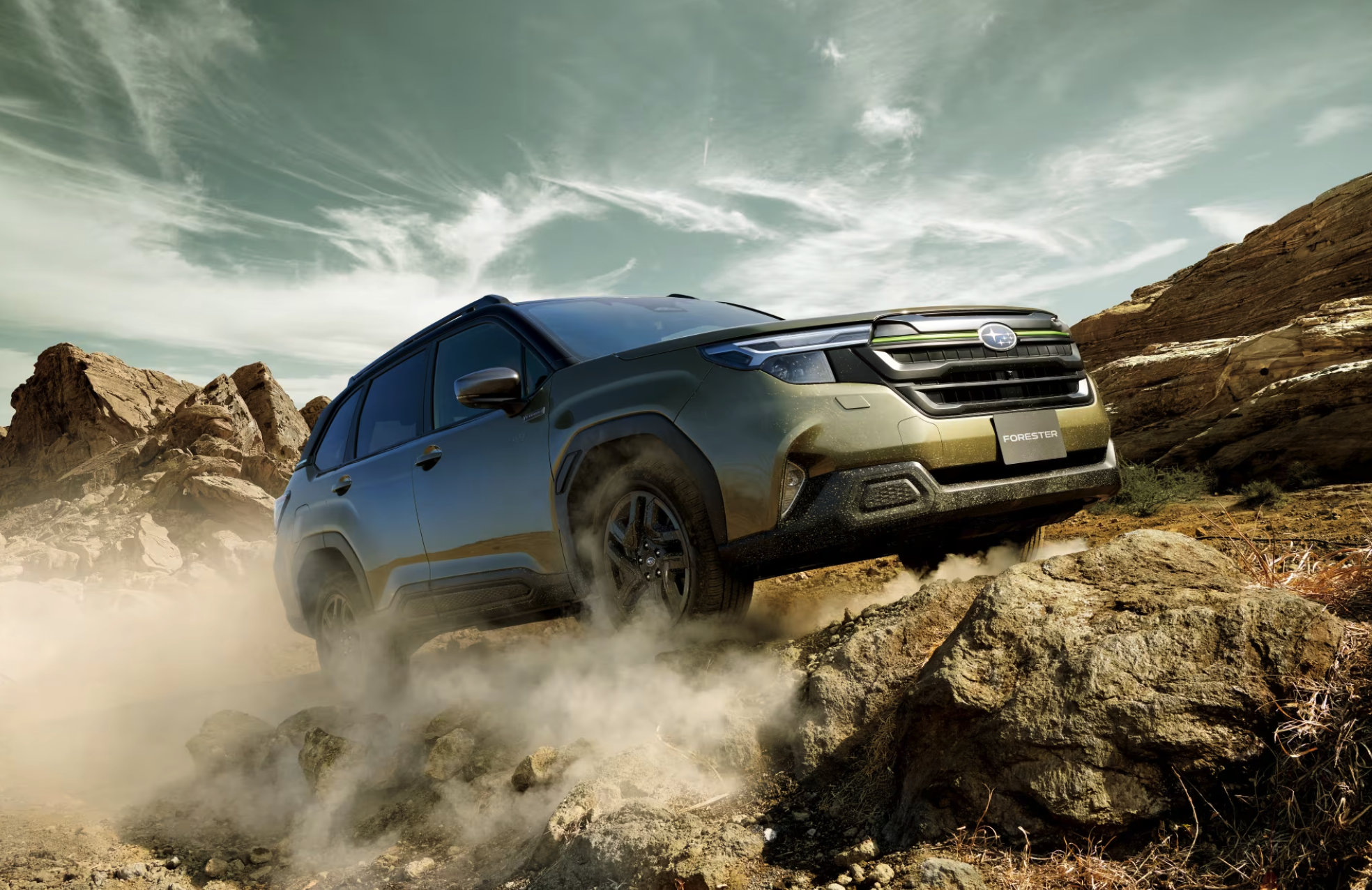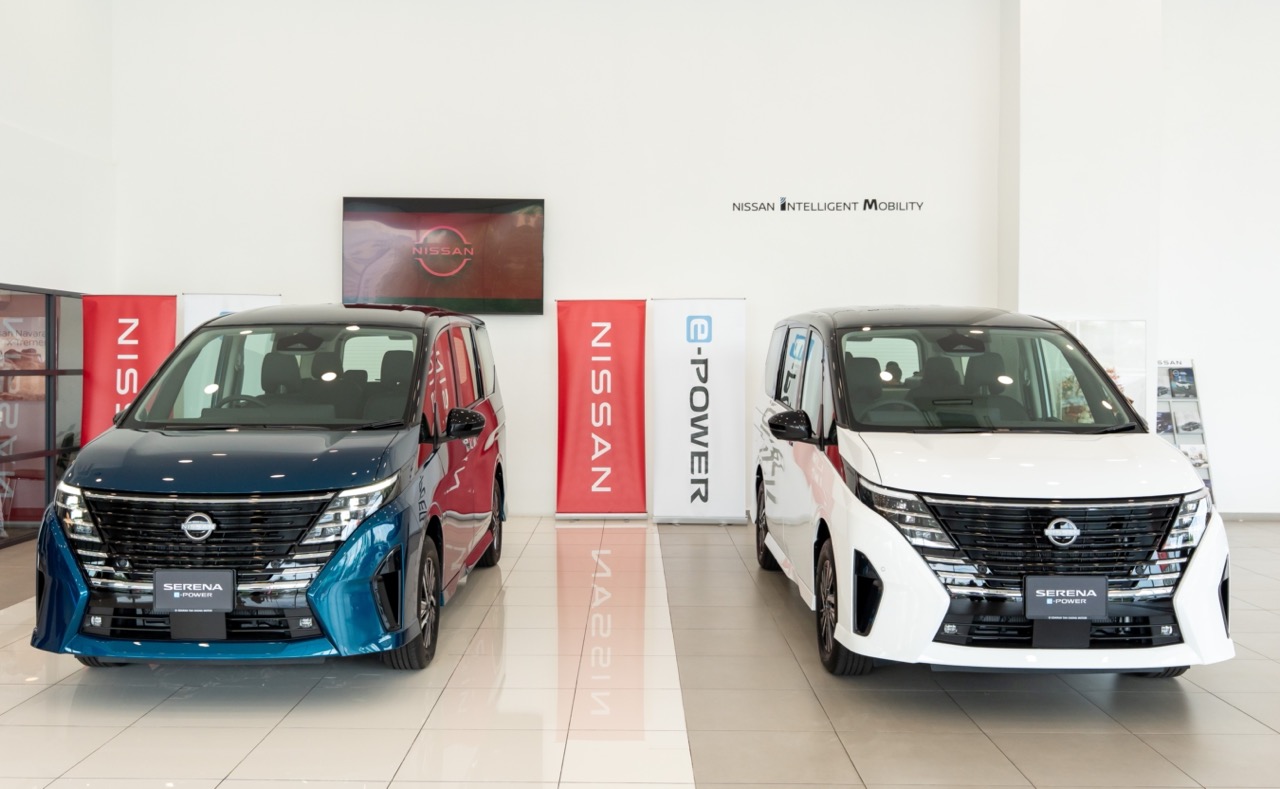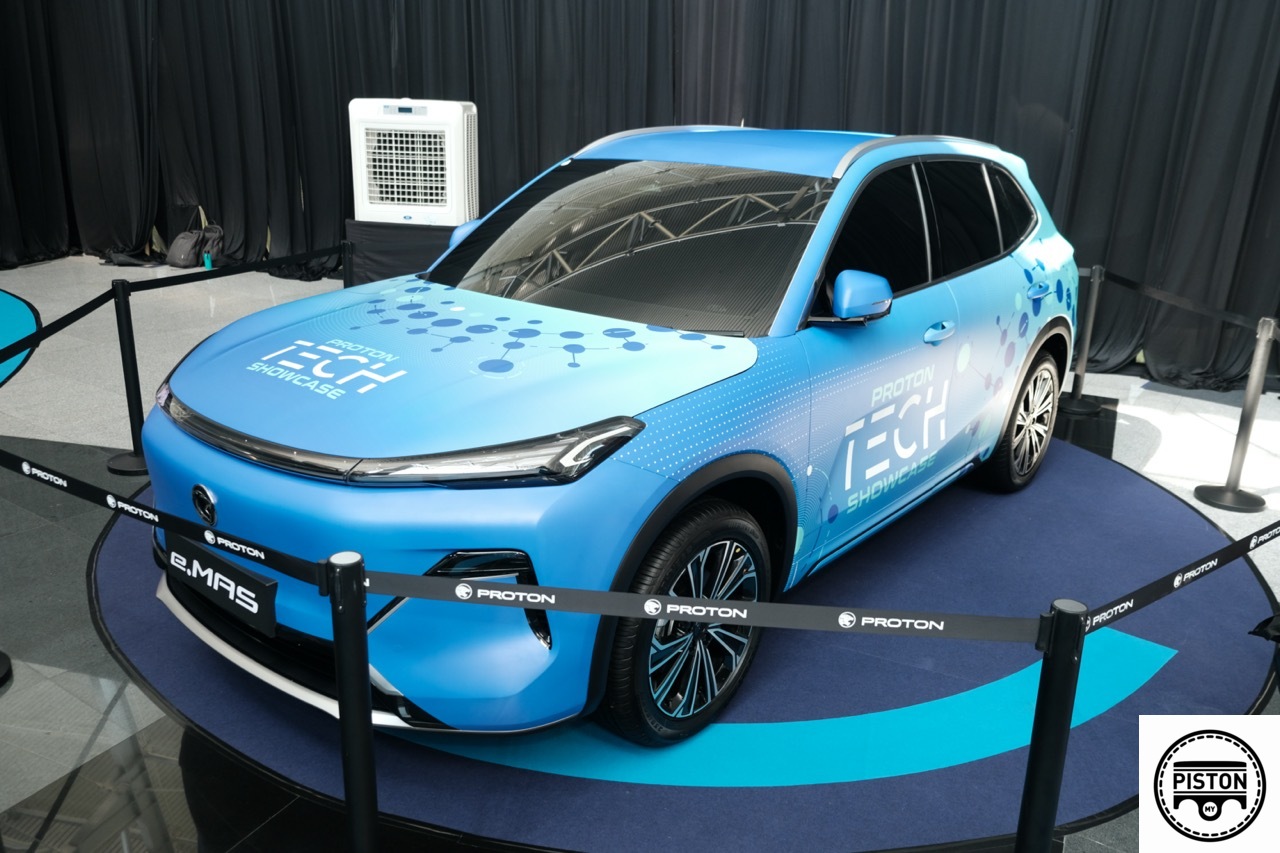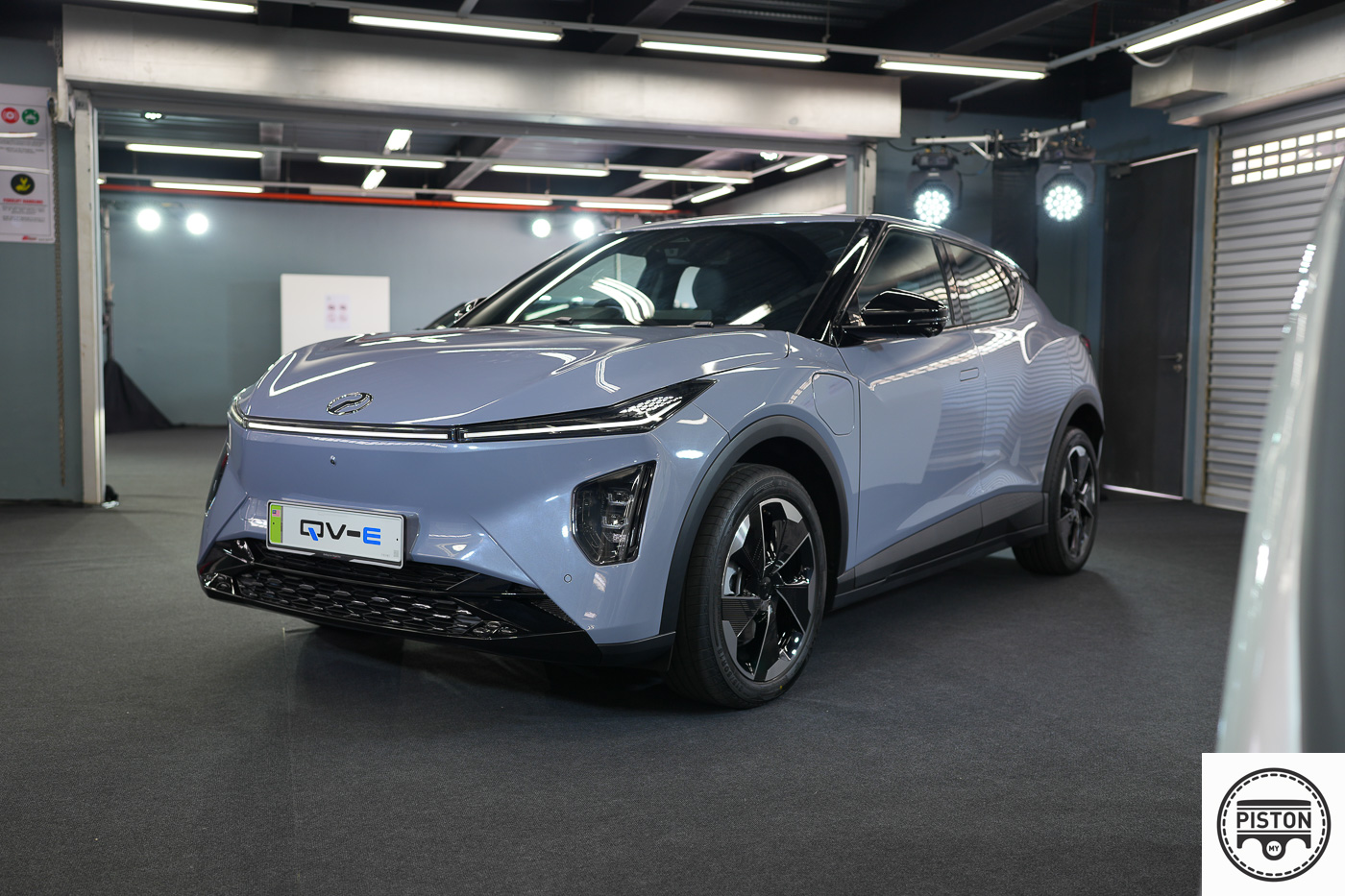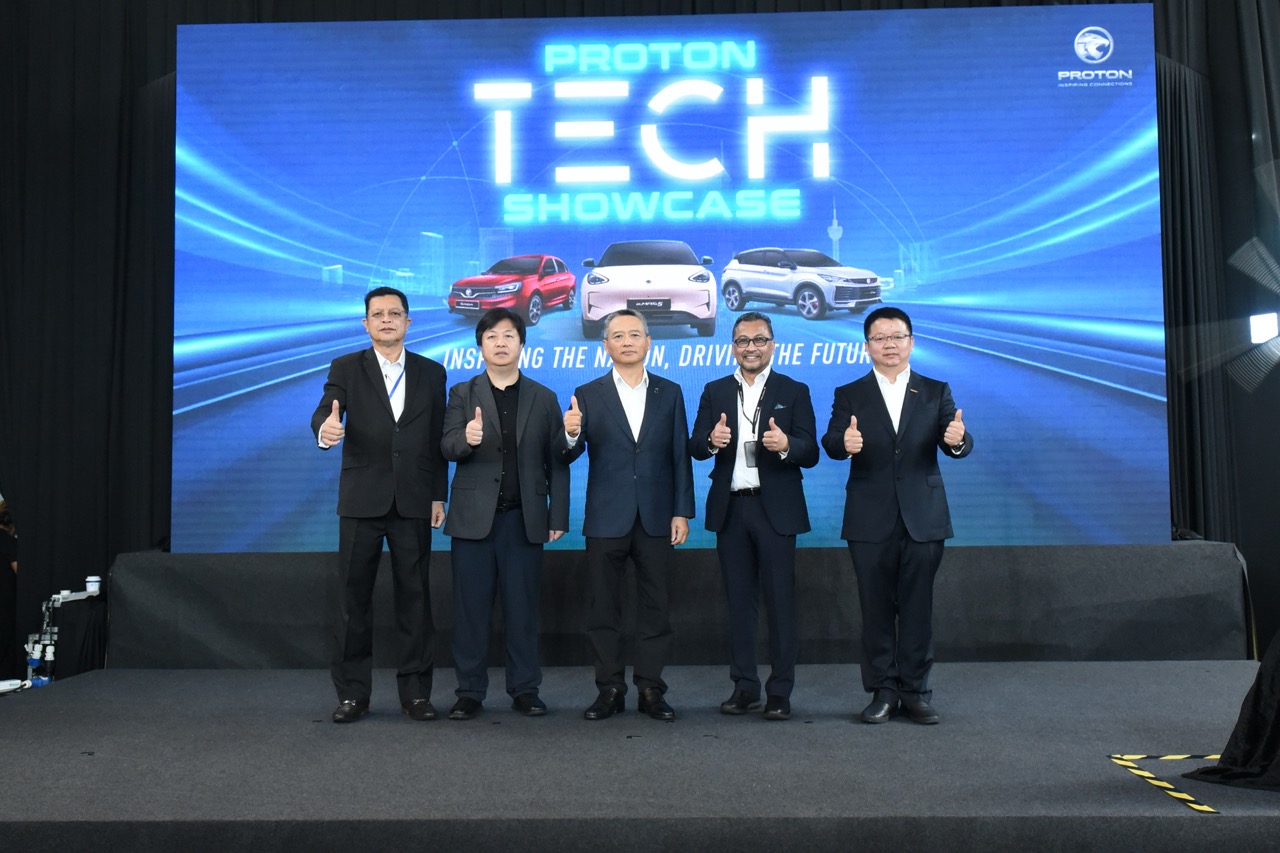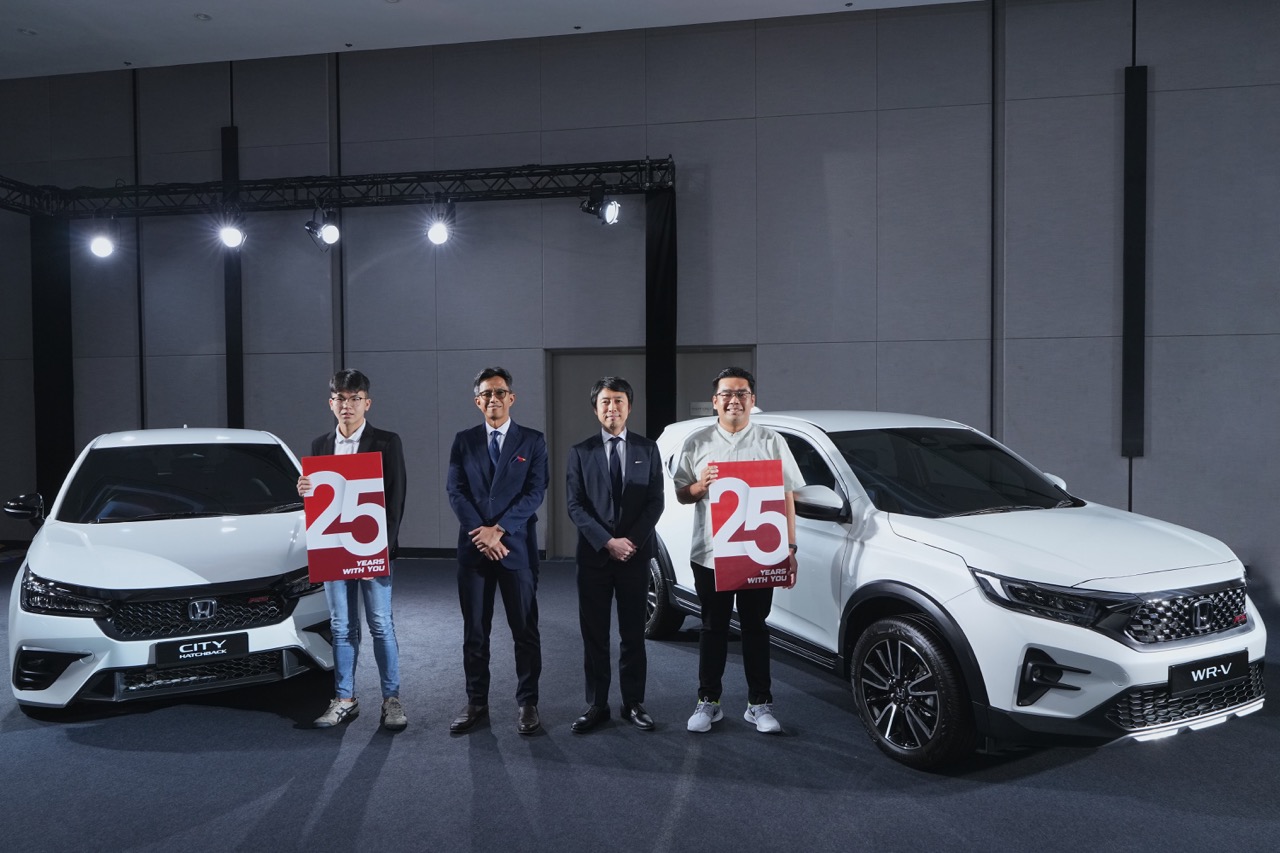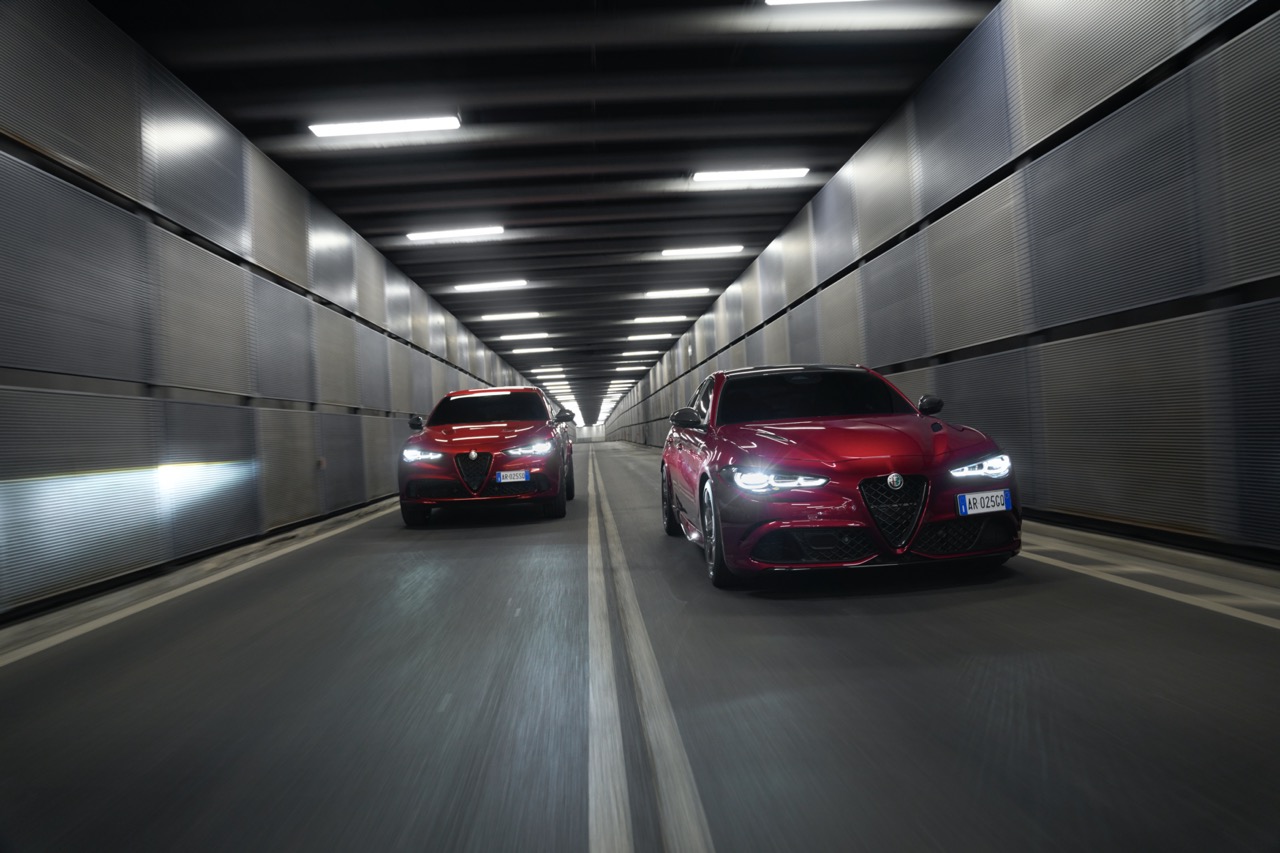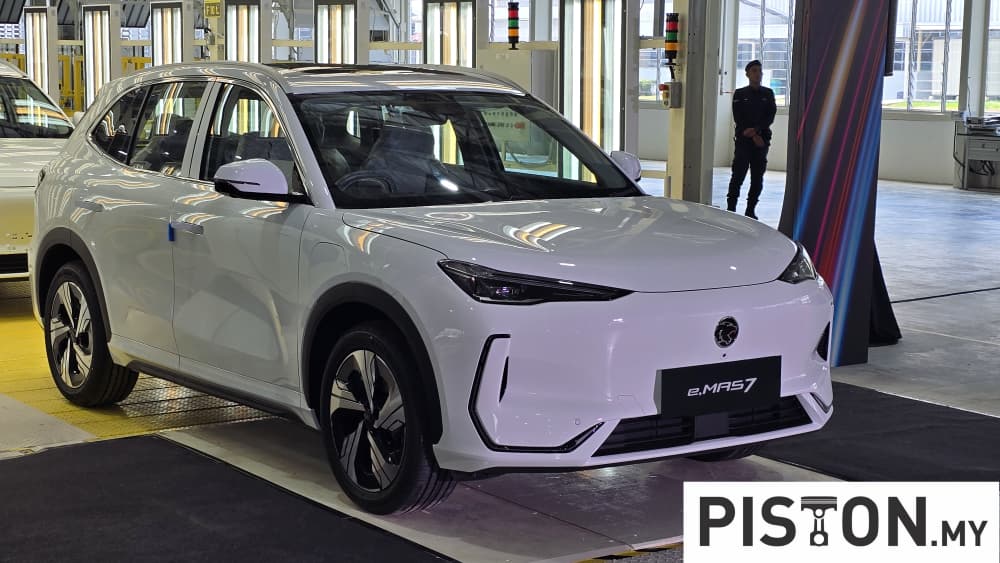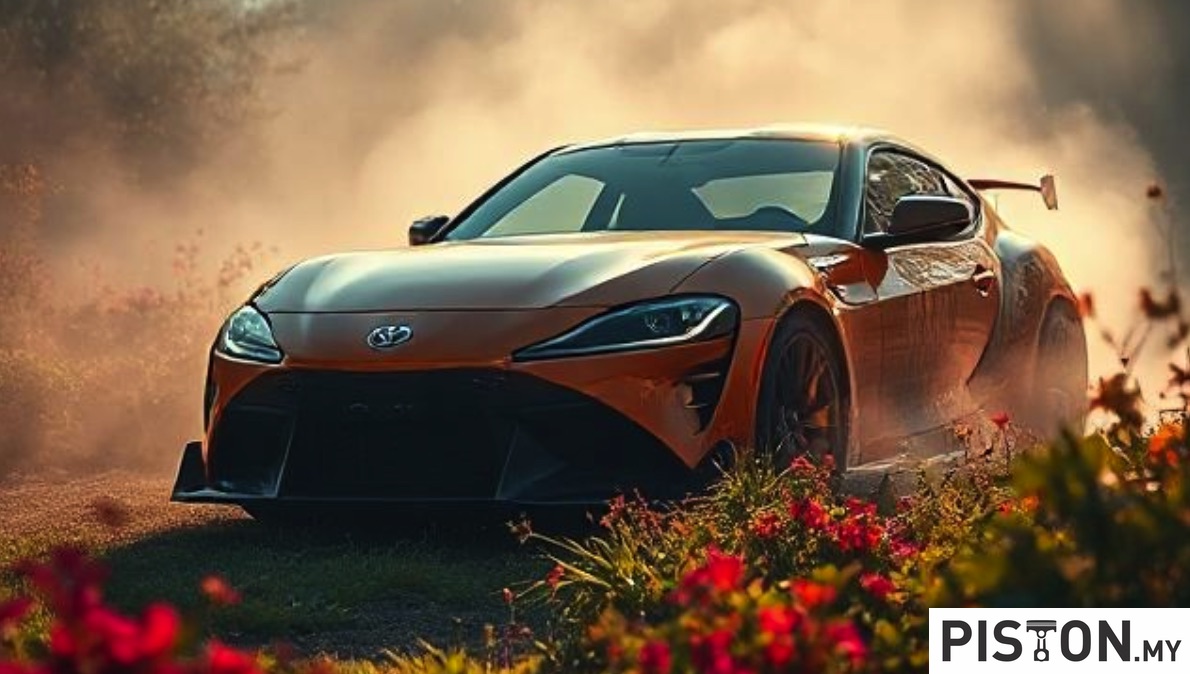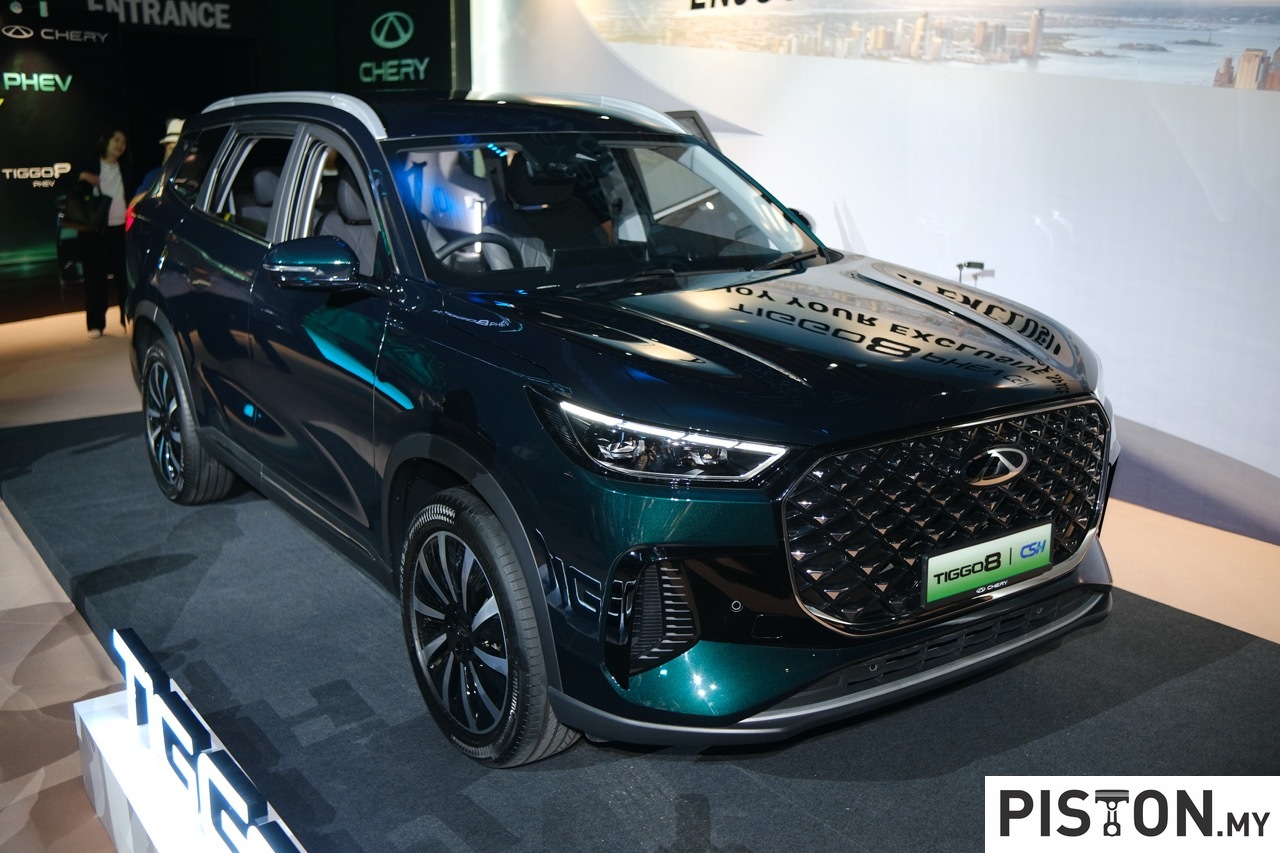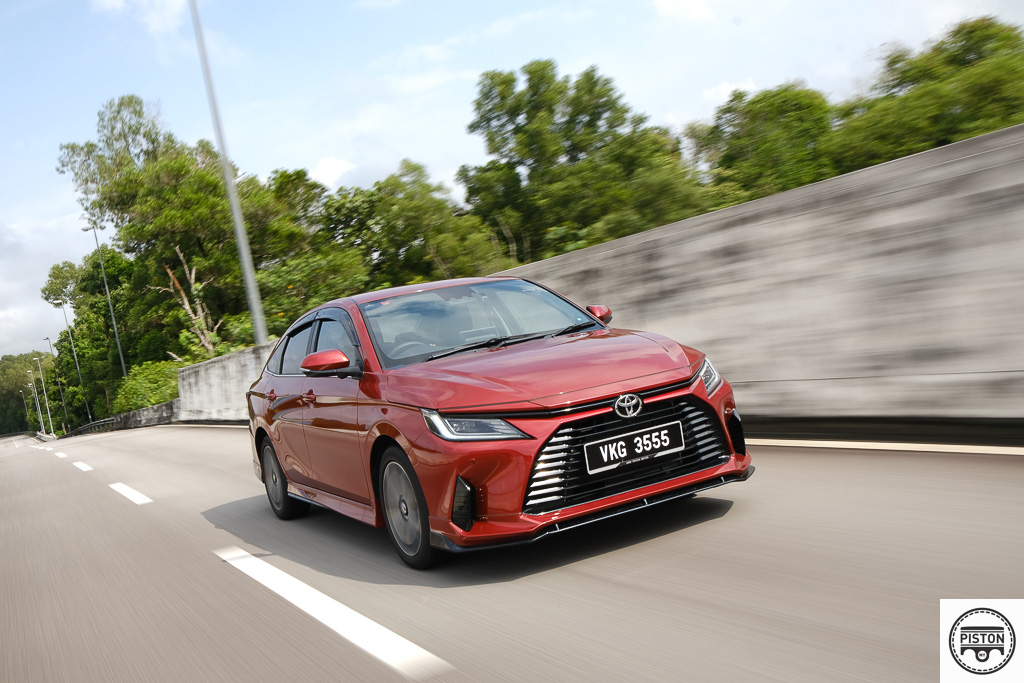In earlier years, car companies focussed mainly on their business – primarily sales and aftersales of new motor vehicles. But as they grew bigger and their role as Corporate Citizens became more significant, they also had to do their part for society and the communities they operate. This is done in many different ways – from supporting needy organisations and supporting events to activities that do something to protect the environment.
For UMW Toyota Motor (UMWT), its Corporate Social Responsibility (CSR) activities have been diverse and growing in importance has been those related to the environment. This is aligned with the commitment of Toyota Motor Corporation to achieve carbon neutrality by 2050, not only for its products but also every aspect of its business operations globally.
(more…)

